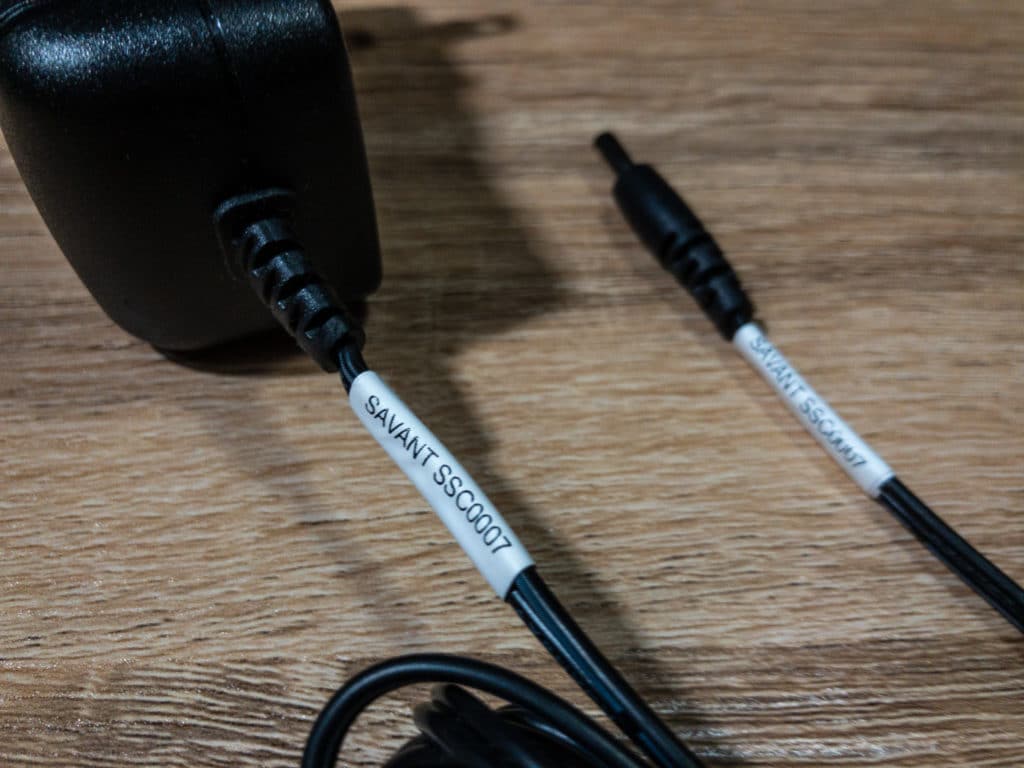
Don’t Ignore Power Cables
Previously I gave some tips on how to label wires and connections to clean up and better manage all your smart home device connections.
I want to add one more thing – Don’t ignore power cables.
Ethernet cables, video cables, and USB cables tend to get all of our attention. After all, power cables are standardized and look identical, right?
Power cords also come in different, wait for it, power ratings. The maximum amperage varies with the quality of the cable and the equipment.
A power hungry audio video amplifier may need a bigger cord than an automation hub or controller.
Too Detail Oriented?
Labelling low voltage power cords used to be something I safely ignored.
But I have avoided several problems and made equipment swaps much easier by labelling those thin cables going from the plug-in wall-wart or on the floor brick style power supply modules.
Anyone that has agonized over “center positive or center negative” when looking for a replacement direct current (DC) power supply has been there.
Save yourself the hassle by labelling all power cords with the both the voltage, polarity, and the name of the device or equipment it is intended.
Although many low voltage devices now use standard USB or micro-USB connectors; different devices have very different power and amperage requirements.
The new reversible, never-plug-it-in-backwards-again USB-C style connectors also have a variety of voltage and current ratings.
Finally, those little cube or rectangle power supplies for USB now include USB-C versions with very different power delivery (PD) ratings depending upon whether they are intended for a laptop or a simple bluetooth device.
Label both ends – this is especially important for the low-voltage DC cables.
If you’ve got several small hubs or bridges or devices, when you are crawling around on the floor or reaching behind your AV cabinet, it is much easier to unplug the right one when it has a label on it.
